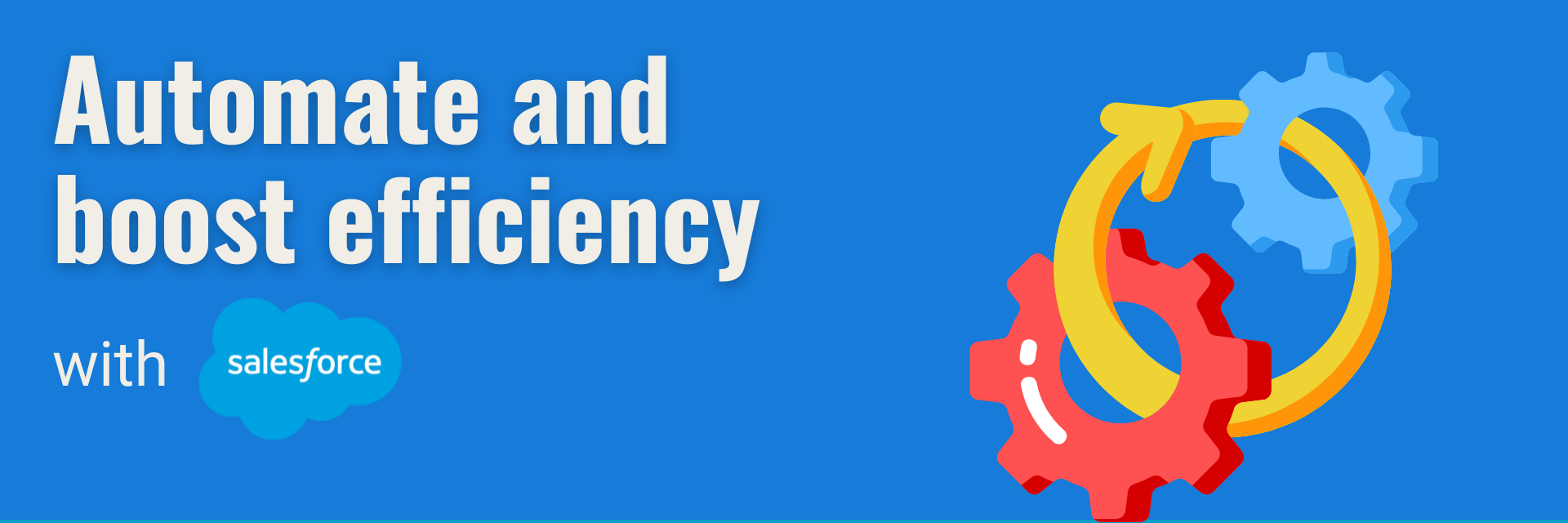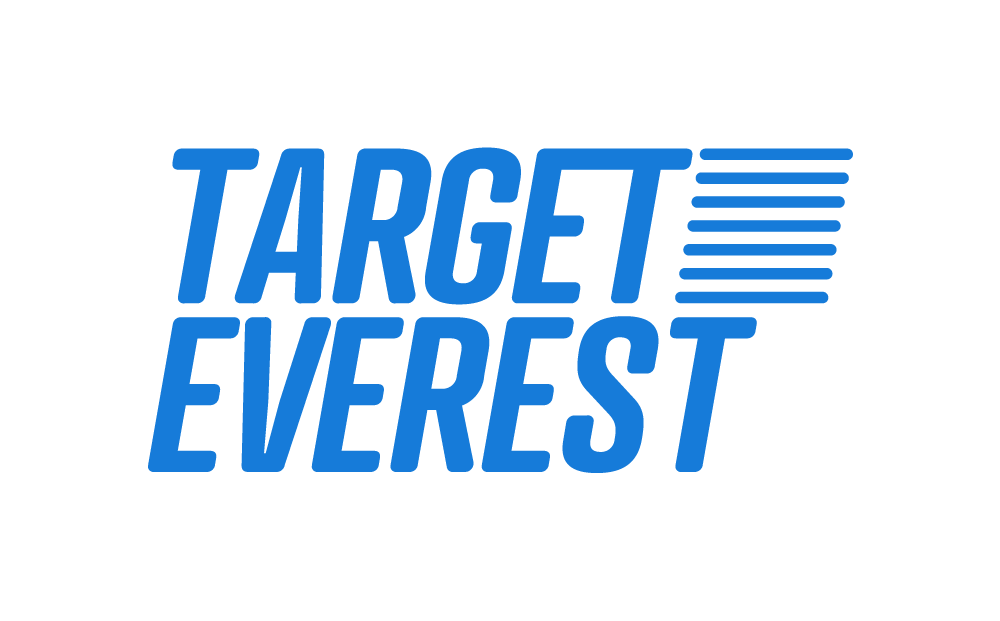Automating Processes with Salesforce: Efficiency and Productivity

1. Introduction to Automation with Salesforce
In an increasingly digital and competitive business environment, efficiency is crucial. Companies are constantly looking for ways to streamline operations, reduce manual effort, and improve productivity. Salesforce, a leading CRM platform, offers powerful automation tools designed to enhance business processes and free up teams to focus on strategic initiatives.
Automation within Salesforce allows businesses to eliminate repetitive tasks, minimise errors, and create seamless workflows. Whether it’s automating lead qualification, customer interactions, or report generation, implementing automation correctly can transform the way companies operate.
2. Benefits of Process Automation
Investing in process automation with Salesforce brings several key advantages:
- Reduction of Manual Tasks & Errors: Automated workflows eliminate the need for repetitive data entry, reducing human error and ensuring data consistency.
- Time Efficiency: With automation, teams can redirect their focus from administrative tasks to strategic decision-making and customer engagement.
- Consistency & Standardisation: Automated processes ensure that all tasks follow the same set of rules, maintaining compliance and improving service quality.
- Scalability: As businesses grow, automation ensures that operations remain efficient without the need for excessive manual intervention.
3. Key Salesforce Automation Tools
Salesforce provides a range of tools to help businesses automate workflows and processes. Some of the most commonly used include:
- Salesforce Flow: A visual workflow automation tool that allows users to create and optimise business processes without the need for complex coding.
- Apex: A programming language that enables the development of custom automation for more sophisticated business needs.
- Einstein Automate: AI-driven automation that enables intelligent process optimisation, making workflows smarter and more efficient.
4. Common Use Cases for Automation
Automation within Salesforce is widely used across different business functions. Here are some of the most impactful applications:
- Lead Scoring & Qualification: Automating the qualification of leads based on predefined criteria ensures that sales teams focus on high-value prospects (Using Marketing Cloud Account Engagement Cloud).
- Automated Reports & Dashboards: Businesses can schedule automatic report generation to ensure real-time visibility into performance metrics.
- Follow-up Emails & Notifications: Automating follow-ups help maintain timely and personalised customer engagement.
- Case Management Automation: Support teams can streamline customer service by assigning cases based on workload and expertise.
5. Implementing Automation in Salesforce
Adopting automation in Salesforce requires a structured approach to ensure smooth execution and maximum impact:
- Identify Processes to Automate: Evaluate existing workflows to determine which tasks are repetitive and time-consuming.
- Choose the Right Tool: Depending on the complexity of automation, select the most suitable Salesforce tool (Flow, Apex, etc.).
- Design & Build the Workflow: Develop automation processes that align with business objectives and operational needs.
- Test & Optimise: Conduct testing to refine and improve automation workflows before full deployment.
- Monitor & Adjust: Continuously measure performance and make necessary adjustments to optimise efficiency.
6. Challenges of Automation
While automation brings numerous benefits, there are also challenges that businesses need to consider:
- Understanding Existing Processes: Automation is only effective when applied to well-structured workflows. Poorly designed processes can lead to inefficiencies.
- Over-Reliance on Automation: While automation is a powerful tool, some tasks still require human intervention to maintain a personalised customer experience.
- Change Management: Implementing automation requires businesses to train employees and ensure smooth adaptation to new workflows.
7. Measuring Efficiency & Productivity
To determine the success of automation, businesses should track relevant Key Performance Indicators (KPIs), such as:
- Task Completion Time: Measure how much time is saved through automation.
- Error Reduction Rate: Track improvements in data accuracy and consistency.
- Process Completion Rate: Monitor how effectively automated workflows are functioning.
- Employee & Customer Feedback: Gather insights from users to refine and improve automation strategies.
In conclusion, Salesforce automation is a game-changer for businesses looking to boost efficiency, productivity, and scalability. By leveraging the right tools and best practices, companies can create seamless workflows that reduce manual workload and enhance overall performance.
If you’re ready to optimise your Salesforce processes, we are here to help.
Let’s explore how automation can drive success for your business!
Explore more articles on our blog!
Do you want to hear more?
Our team of experts specializes in Salesforce and is dedicated to providing top-notch services to help your business succeed. If you're looking for Salesforce® solutions or have any questions, please feel free to reach out to us. We'd love to hear from you.
Contact us

 Target Everest |
Target Everest |